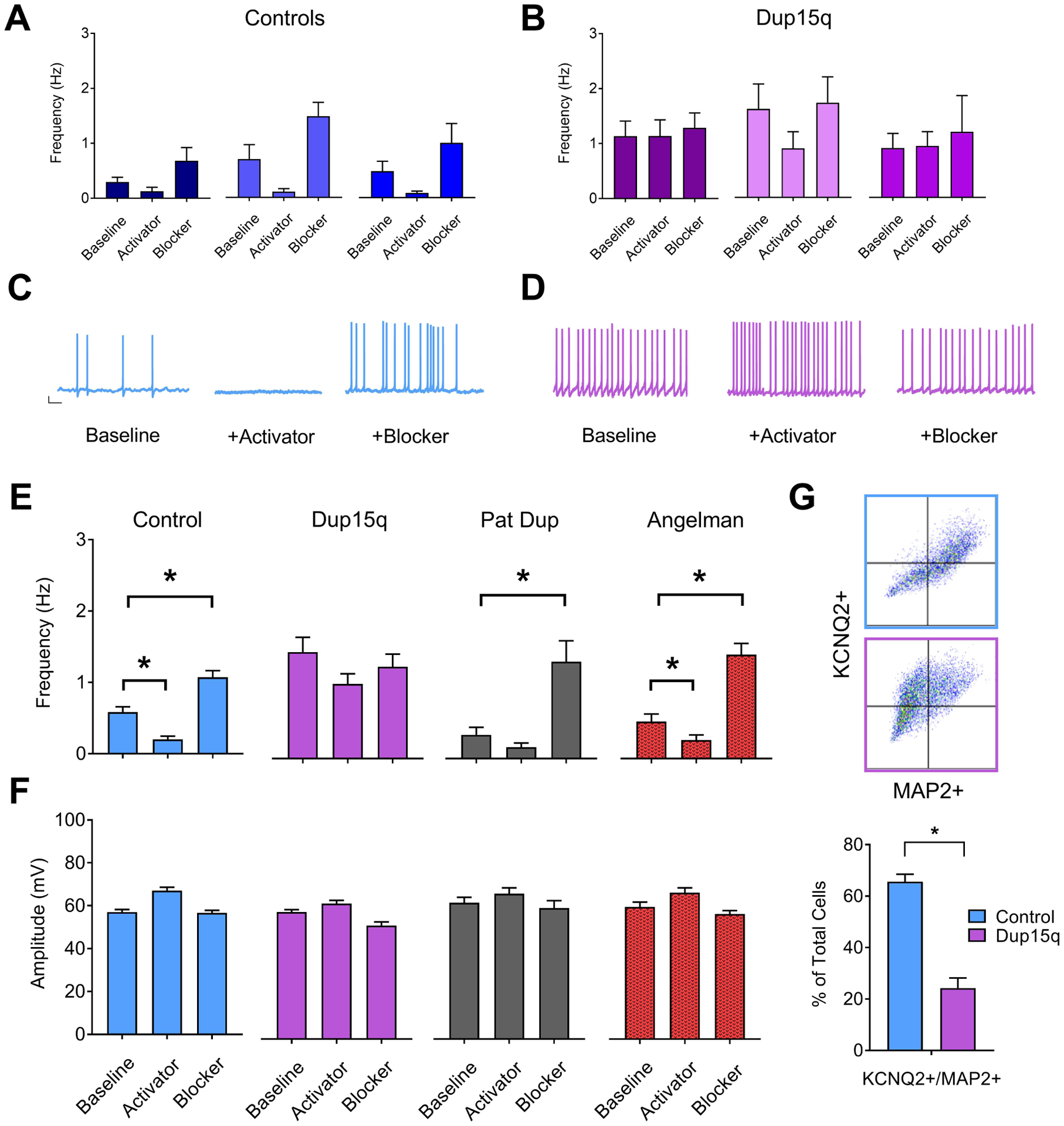Figure 5. Impaired KCNQ2 channels in Dup15q-derived neurons.

(A,B) Frequency of spontaneous action potential firing for 3 individual control (A) and Dup15q (B) lines at baseline or in the presence of either pharmacological blocker or activator of KCNQ2 channels (n>15 neurons for each bar). (C) Example traces of spontaneous action potentials recorded from control neurons. Scale bar: 10mV, 1s (D) Example traces of spontaneous action potentials recorded from Dup15q neurons (E) Group data for frequency of spontaneous action potential firing for control (left; blue; 9 lines; n=251, 160, 204 neurons for baseline, activator, and blocker, respectively), Dup15q (middle left; purple; 4 lines; n=110, 108, 93 neurons for baseline, activator, and blocker, respectively), 15q11–13 paternal duplication (middle right; grey; 1 line; n=30 neurons for all bars), and Angelman (right; red; 3 lines; n>89 neurons for all bars), recorded at baseline or in the presence of either pharmacological blockers or activators of KCNQ2 channels. *P<0.05 indicates significant differences (student’s t-test). (F) Group data for amplitude of spontaneous action potential firing for data presented in (E). (G) Top: Examples of flow cytometry plots for cultures stained with KCNQ2 and MAP2. Bottom: Flow cytometry quantification of percent of cells positive for both MAP2 and KCNQ2 for control (2 subjects/8 coverslips) and Dup15q (2 subjects/8 coverslips).*P<0.05 indicates significant differences (Student’s t-test).
